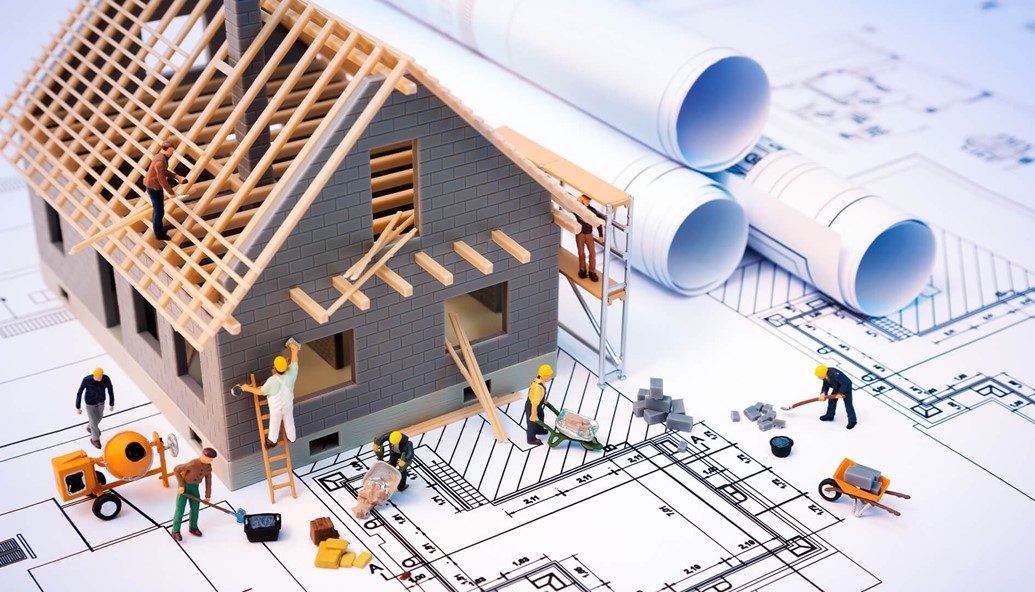June 30, 2021 SUPPLY AND DEMAND ... AND DEMAND AND DEMAND ...

Full article here
Skyrocketing prices, steadily decreasing inventory and throngs of new homebuyers: The First Coast, along with the majority of the U.S., is in the midst of an unprecedented housing market boom.
Yet, beneath the bustling surge of sales lurks the possibility of a housing crisis – but not the same sort of crisis that hit the economy more than a decade ago.
Since the onset of the Covid-19 pandemic, the housing market on the First Coast has exploded, with a report from AdvisorSmith released last year named Jacksonville as having the 25th largest growth in the country, growing 1.3% between 2014 and 2019.
In March, a report from Zonda showed that Jacksonville’s pending home sales grew 80.5% between February 2020 and 2021 – a growth that outclassed any other city in the country. For comparison, the second-highest market was Cincinnati, Ohio with 72.8% and the third was San Antonio with 61.8% growth.
While on the surface that growth seems like a positive economic boon for the region – especially following the economic fallout that resulted from the Covid-19 shutdowns – the sudden growth has also created a litany of problems.
Rising prices might be good news for existing homeowners looking to sell, but for first-time buyers or those looking to move, prices have begun to move into territory that’s pricing out lower-middle-class buyers.
Likewise, rising construction costs, interrupted supply chains and a shortage of construction workers are making it harder for homebuilders to complete new communities.
And all those issues, combined with an onslaught of active buyers, has led to a serious shortage in home inventory.
Missi Howell, president of the Northeast Florida Association of Realtors, described the situation as a “crisis,” albeit one that’s starkly different from the 2007-2008 housing crisis.
“It’s going to take a lot of people working together to help solve this crisis,” Howell said. “It’s not just going to be realtors; it’s not just going to be the economists – it’s going to take a larger effort to help continue to supply the housing that’s needed here.”
Rising Prices & Declining Inventory
Howell said that over the past year, the average sales price in NEFAR’s area of operation – an area that includes Duval, Clay, Putnam counties and northern St. Johns County – has risen from $286,000 to more than $344,000, equating to a more than 20% increase.
And local real experts are bullish about this continued growth trend.
Construction Boom
The number of residential building permits issued last quarter marked the highest number issued in more than a decade, but the second quarter is off to an even stronger start and the year is projected to eclipse 2020's record.
The latest statistics from the Northeast Florida Builders Association show 1,411 residential permits filed in April in Duval, Clay, Nassau and St. Johns counties, the highest monthly total since the homebuilding spree in the summer of 2005. The volume is a 50% increase over April 2020.
The first quarter of 2021 was already on pace to beat the recent record year of 2020 by more than 30% before the April numbers were tallied, according to records from NEFBA.
When broken down by county, Nassau saw the strongest growth over the previous year by more than doubling the number of permits. In April 2020, Nassau County saw 60 permits issued. This year it had 106, a 77% increase.
Clay County followed closely, with 166 permits issued compared to 98 last April — a 69% increase. Meanwhile, Duval and St. Johns counties saw a 58% and 35% increase over the previous April, respectively.
The numbers indicate the possibility of strong growth moving forward this year, especially following 2020’s healthy numbers. Despite economic disruption from the Covid-19 pandemic, permits continued to be issued throughout the year. The first and second quarters saw a 3.5% and 4.2% increase, respectively, over the same periods in 2019, while the third and fourth quarter came in with 24.3% and 5.2% increases, respectively.
Construction Problems
In normal economic times, as demand and prices rise, new supply and labor would be allocated to address the problems and stem the continuing rise. But in the wake of the pandemic, supply chains have been disrupted, causing further volatility.
But Jacksonville is also suffering from a shortage in skilled laborers, Howell said.
Although the number of construction workers, as tracked by the Department of Labor has increased since the housing collapse, the number grew at a slower rate compared to other industries and has remained fairly static since 2017 with the total number of construction jobs on the First Coast hovering around 40,000, according to DOL statistics.
However, things are slowly improving. So far this year, the DOL is tracking a 3 percent improvement in the number of workers in the construction field.
"If you don't have enough workers to meet the demand, you can only build so many houses, right? Is it good for the realtors, if you have nothing to sell? It is a problem," she said.
Ongoing labor shortages aside, the pandemic was a large contributing factor to the rapid rise in costs associated with building a home. The National Association of Home Builders estimates that the increase in lumber prices alone has increased the cost to build a new single-family home by more than $38,000. With added cost, the association says comes with added time.
"On the supply side, if you look at how long it takes from the time someone takes a raw piece of land and entitles it and permits and builds the house, you’re looking at a minimum of two years or more — a lot more like three to four years to get significant inventory in the market," Siffakis said. "There’s just no way we can get caught up, so I think it’s going to be a low-inventory environment for a minimum of the next three years and we’re going to see outsized appreciation over that time as well."
There is also a high economic cost to simply file the proper permits and easements for large developments. He said it is three to four times more expensive to file permits in St. Johns County over Duval, for instance.
But what Siffakis sees as more temporary issues — higher prices due to the pandemic's impacts — is overclouding the larger issues at play: Lack of incentives for workforce housing, entry-level home construction and density issues.
Not a bubble
While the outcome of fewer homes on the market at higher prices might look the same as the lead up to the Great Recession, experts say it couldn't be more different.
“So while it appears to be a bubble, or it appears to look like 2006, the housing urgency is not the same," Howell said. "These are real people needing real homes. This isn't speculative buying."
The main problem is simply demand.
Howell said any potential buyer right now is competing against dozens of other offers. Some of which she said are coming in the form of all-cash offers, overbidding on homes and buying property sight unseen.
This problem isn't entirely unique to the First Coast of Florida, but it exaggerated by a comparatively lower price point than areas like Washington, New York and California.
For instance, in the first four months of this year, 8,174 former Californians obtained their Florida driver’s licenses. At that pace, more than 24,000 former Californians would be moving to Florida this year, up sharply from each of the previous two years, according to data from the Florida Department of Highway Safety and Motor Vehicles.
But how long will this continue?
"At some point affordability becomes a cap on home prices," Siffakis said. "So, at some point, there’s people who just can’t afford to pay a certain price. The reason I think we’re in a good position is we have a longer runway over anyone else in Florida because we’re currently the most affordable market."
"The the thing is when you are a buyer, it's really hard to time the market," DellaSala said. "You could end up on the sidelines for years paying rent while prices keep going up."
But as the prices continue to climb, new and existing supply is beginning to dwindle.
Howell said the area’s inventory of available housing has steadily decreased over the years. Prior to 2014, there typically existed a six-month supply of homes. In the last year, however, that’s decline from 3.5 months to 1.2 months – a 66% decline.
“What that means is that if nothing else came on the market in all of our inventory – in all price points and areas – then it would be gone in 1.2 months,” Howell said.
Likewise, homes are selling faster than ever. Previously, houses sold on average in 70 days after being on market. Now, houses are selling on average after 49 days – a 30% decline.
"There’s about one month of inventory on the market right now in the residential, single-family world," Sifakis said. "A normal market is six months of inventory. That’s when you have an equilibrium between buyers and sellers and you would expect a normal appreciation, which would be about 4% for Jacksonville."
Another contributing factor to rising demands, Lindsey DellaSala, realtor and owner of the DJ and Lindsey Team, said are new millennial homeowners. She added that demographic was one of her largest sources of growth in St. Johns County in the past couple of years.
The Great Recesseion, its aftermath, the state of entry-level work and the housing market precluded many millennials from buying real estate in much of the 2010s. She said that pent-up demand is coming to a head.
